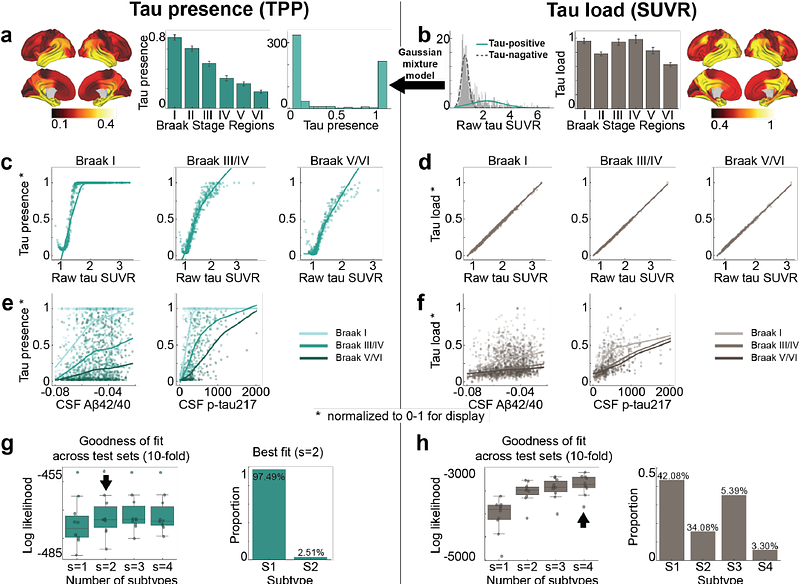Brain network dynamics determine tau presence while regional vulnerability governs tau load in Alzheimer's disease

Brain network dynamics determine tau presence while regional vulnerability governs tau load in Alzheimer's disease
Xiao, Y.; Spotorno, N.; An, L.; Bazinet, V.; Hansen, J. Y.; Strandberg, O.; Shafiei, G.; Bejhat, H. H.; Funck, T.; Salvado, G.; Stomrud, E.; Smith, R.; Palmqvist, S.; Ossenkoppele, R.; Mattsson-Carlgren, N.; Palomero-Gallagher, N.; Dagher, A.; Misic, B.; Hansson, O.; Vogel, J. W.
AbstractIn Alzheimer\'s disease (AD), tau pathology accumulates gradually throughout the brain, with clinical decline reflecting tau progression. A comprehensive understanding of, first, whether tau propagation is predominantly governed by connectome-based diffusion, regional vulnerability, or an interplay of both, and second, which types of brain connectivity or regional factors best explain tau propagation, remains crucial for advancing our understanding of AD progression. Here, we apply multi-scale mechanistic disease progression simulations to human data, to disentangle the influence of local mechanisms on global tau progression patterns in AD. We find that whether tau reaches a brain region (presence) and how much tau accumulates there (load) are governed by different mechanisms. Tau presence patterns are highly consistent across the population, and can be largely explained through synaptic spread through white-matter networks and excitatory-inhibitory dynamics. Meanwhile tau load differs across people, and is driven by a combination of synaptic spread and intrinsic or extrinsic regional properties, including regional {beta}-amyloid load, MAPT gene expression and regional blood flow. Finally, while distinct tau patterns in the population could each be explained by established AD mechanisms, our models highlight a role of distinct brain networks (parietal functional networks in MTL-sparing AD tau subtype) and neurotransmitter systems (cholinergic system in posterior subtype). Together, this work suggests that network dynamics likely determine the sequence of regional tau progression, while individual-specific tissue-vulnerability factors influence regional tau load.